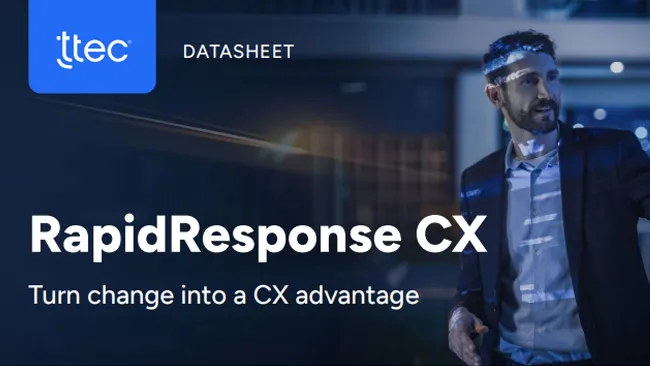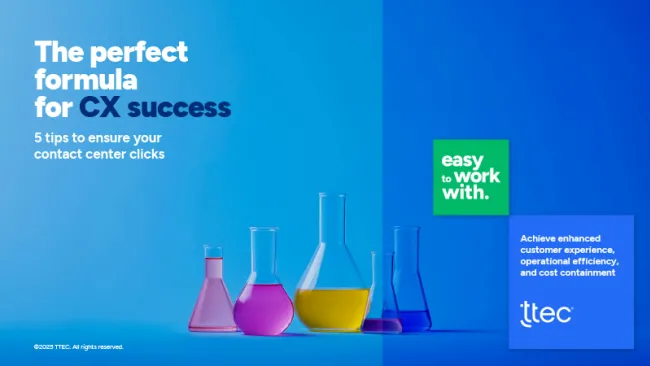The Congressional Budget Office estimates that 26 million more people will be insured by 2017 under the Affordable Care Act. As millions of new consumers shop for health insurance, the pressure is rising for health insurance companies to attract and retain members.
Even before the Affordable Care Act’s coverage mandate pushed more consumers to examine their health insurance choices, they have been taking an increasingly active role in their care experience. Healthcare companies have noticed and are striving to provide more consumer-friendly experiences, as well as high-deductible health plans. While loyalty is difficult to achieve in health insurance, it’s not insurmountable.
Kaiser Permanente, for example, received the highest customer loyalty ranking in the health insurance category of the Satmetrix 2014 Net Promoter Industry Benchmarks. It scored an all-time high of 40 points, compared to a health insurance average of 17. Consumers felt that the company was on their side. “Consumers cited positive aspects of the entire healthcare experience when sharing about their interactions with the Kaiser Permanente health plans, giving the company the highest scores in the industry on key measures, including 'acts in my best interest,' 'my policy gives me peace of mind' and 'treats customers fairly,' " said Satmetrix data scientist Brendan Rocks in a statement.
Insurers and other healthcare organizations are looking to enhance the customer experience and drive loyalty with more personalized, multichannel experiences. This is a new challenge for insurers since they previously focused on employers as the primary intermediary for reaching members. Data silos and unintegrated data present other challenges as well.
Implementing effective CRM and VOC systems for recording and tracking member data can help organizations streamline their data and uncover insights. For instance, members might indicate that they prefer to be contacted via telephone, but their behavior may change, suggesting they’re more likely to respond to a text message or email. By analyzing members’ behavior, the health insurer can uncover patterns that allow it to better meet its customers’ preferences without being abrasive.
Gamification and mobile apps can also enhance the member experience. A number of payers like Cigna, Aetna, and Kaiser Permanente, for example, are introducing digital health coaching programs that offer a suite of mobile tools, social media engagement, gamification and other incentives to help its members meet their health goals. Additionally, data from mobile tools can be integrated into CRM systems and other platforms to improve the profile of the consumer or patient.
But, before moving forward with an app or any other offering, it’s essential that companies take the time to understand their members’ needs and their behaviors to make sure they’re delivering a valuable app.
There are also data concerns that come with personalization. Cybersecurity and protecting patient information is also a critical component of the member experience. If you’re going to be in the healthcare business, you have to be HIPAA compliant, and we’re also starting to get questions from customers about taking additional measures [to protect member data]. It’s essential to be aware of how any enhanced customer program fits into the HIPAA world.
The bottom line is that companies must look beyond the transactional relationship. Engaging members by understanding what motivates them to remain loyal as well as abiding by security measurements will have an even greater impact as health insurance competition grows.
Also, check out the most recent issue of our eNewsletter.
An Eye on Healthcare’s Loyalty Future
















